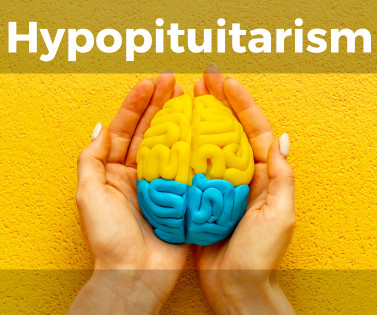Imported Malaria
Pediatric EM Morsels
NOVEMBER 3, 2023
ovale to cover the hypnozoite that can stay dormant in the liver and cause a secondary infection in the future Severe Malaria IV artesunate is currently the accepted first line treatment Previously IV quinine was first line, however it was associated with higher incidence of hypoglycemia, cardiac dysrhythmias, seizures, and comas.











Let's personalize your content